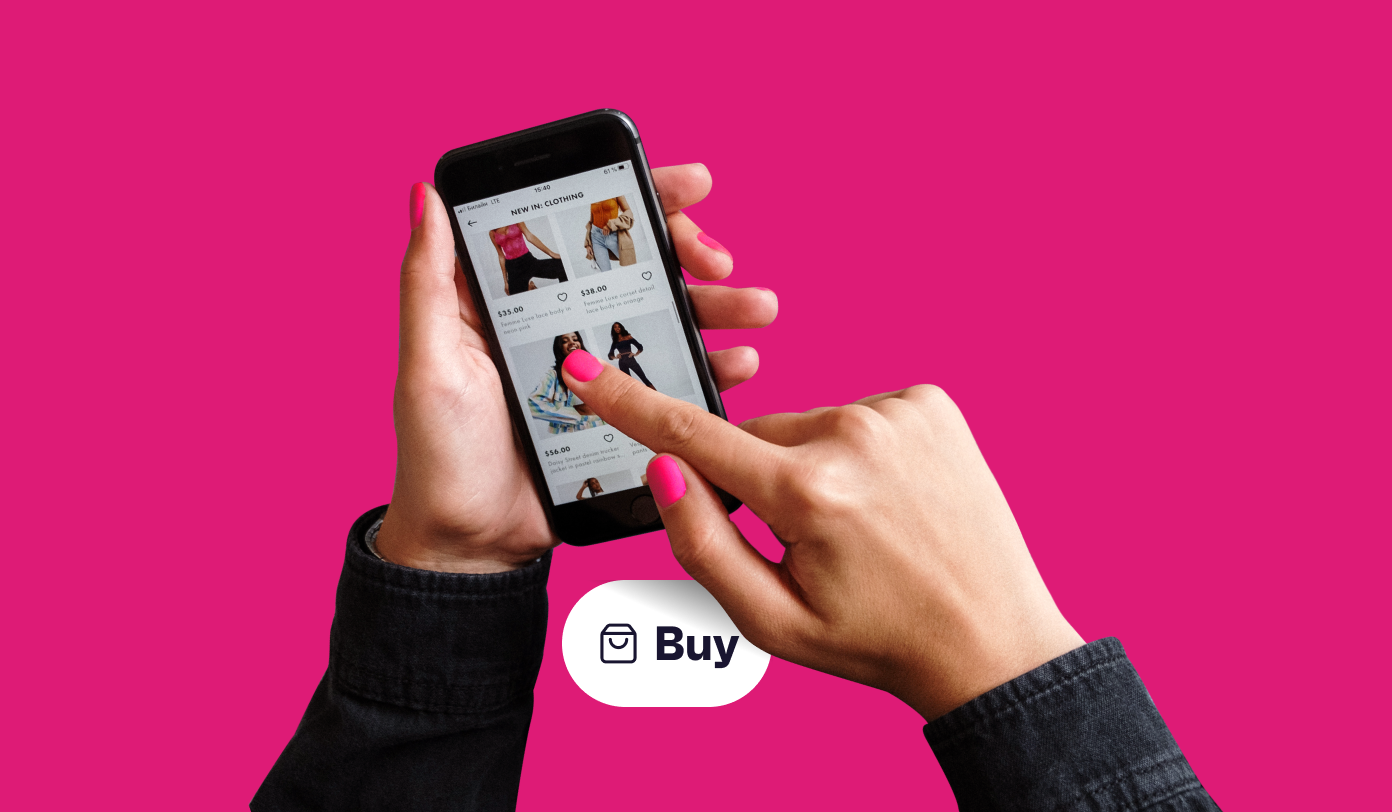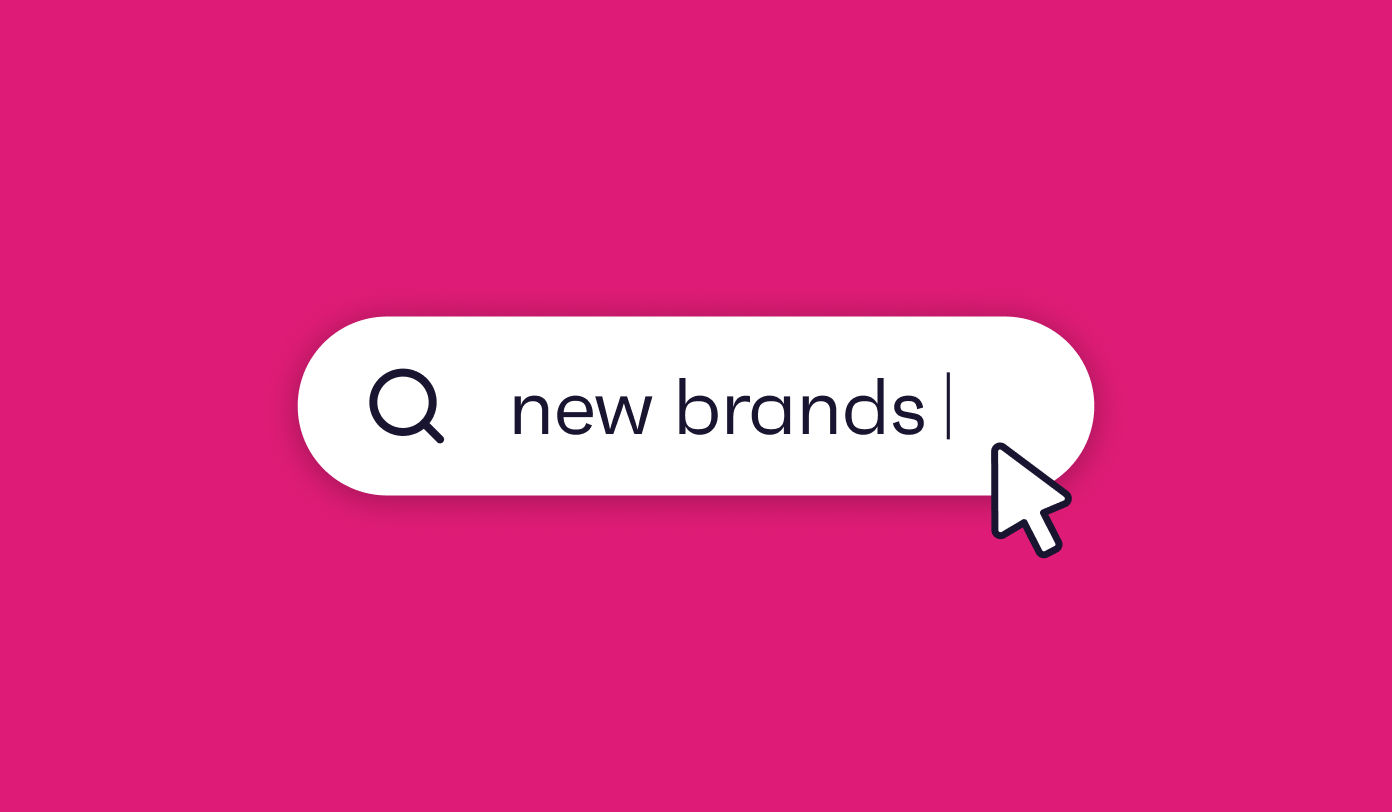Ad spend on programmatic advertising has been predicted to increase by 128% in the UK alone between 2015 and 2019. Its rise is partly fuelled by the increasing availability of deep consumer data, giving brands valuable insight into highly targeted audiences. But it also comes down to shifts in consumer behavior.
With 94% now owning a smartphone, mobile is taking the lead and the need for more relevant, authentic and respectful digital advertising is rising.
So what does it take to make programmatic ad buying work?
Success relies on strong consumer data
Programmatic advertising uses data to target the right consumers, at the right time, for the right price. Insight into consumers’ interests, attitudes, perceptions and behaviors, for example, allows a brand to reach a specific audience with a relevant advert, regardless of which website they might be visiting.
But programmatic is only as good as the data it uses.
Making assumptions about consumer interests or attitudes, or the devices they may be using for different activities, results in the delivery of the wrong kind of online advertising to the wrong people – quite possibly on the wrong devices, at the wrong time. This is not only a waste of media buying budget, it’s detrimental to a brand’s health and comes with its own repercussions. In an industry rife with quality issues, measures are being taken to tackle the problem, meaning brands can no longer afford to rely on educated guesswork.
The insights are there to guide smarter advertising and ensure higher quality, so there’s simply no excuse not to use them.
Third party data is the key to driving scale
While first party data is hugely valuable, often collected from a brand’s own CRM system or transactional data, this can lack scale, requiring marketers to carry out look-a-like modelling to achieve the level they need. This approach can compromise data quality.
Including trusted third party data helps marketers achieve the level of scale and accuracy they need, typically used for programmatic campaigns.
A football boot brand might acquire data on people who have a proven interest in football and have also shown intent to buy a football kit, for example. It can also reveal behavioral insights into which media they consume, and which devices they use. Such insights can enable a brand to not only ensure that its ads appear in front of the right people at the right time and on the right device, but to tailor the creative to that audience.
Powerful insights shape tailored creatives
Using data from analytics to inform creatives is a powerful way to ensure impact. When Topman promoted its khaki collection, it photographed five different models, each of whom matched one of the retailer’s core customer types – from understated men who wanted to look stylish to ‘extreme fashionistas’. The different looks were run across various media channels and the creative optimized for each ad space. This enabled the brand to adapt the imagery to appeal acutely to each persona.
Using powerful insights that help you paint a comprehensive picture of your consumer gives you the answers you need to personalize at scale.
Combining data and insight to hit the spot
Travel company TUI has used third party data to deliver display ads when a TUI ad or a competitor’s ad airs on TV. The company has also used live weather data, integrating this into its creative in real-time.
It’s currently investing in data that makes its ads more personally relevant, sequential and frequency-capped, so as to better engage with – and not annoy – its consumers.
As well as deploying first-party and off-line figures such as CRM data, it relies on third-party data to serve the right messaging.
Nestlé is another brand that has deployed third party data to fuel its location-based programmatic advertising. This allows the company to reach consumers with display ad inventory when they’re inside a specific shop. As Nestlé’s Digital Lead Gawain Owen told Marketing Week, “We are seeing a significant rise in engagement, with higher click-through rates when people are in the vicinity of the store. We take those data signals and use them to drive market share in our business.”
Knowing what data you need is essential
Often a more affordable digital media solution for brands, programmatic buying is also a means of giving consumers more of the ads they want to see, and less of those they don’t. This can help save on advertising budgets and improve conversion.
But programmatic technology isn’t magic; it doesn’t remove the need for skill and expertise.
In fact, success relies far more heavily on knowing who you want to target and why, and it requires extensive knowledge of which data will best deliver the right insights.
As Anne Gherini, Head of Marketing at Node, wrote on Inc. late last year, “It is important to remember that your math is only as good as the data that supports it. The simple fact remains: If you put garbage in, then you will get garbage out.”
But with access to relevant and valid audience profiling data that helps you define, segment and profile your target audience, using research that tracks people, not numbers, brands have the power to drive bigger impact with their ad campaigns for less.
Put the science behind your digital marketing campaigns.






.webp?width=495&height=317&name=pink_thumb_graphs%20(1).webp)
.webp?width=495&height=317&name=pink_thumb_letter%20(2).webp)
